Liquidware Labs has been at the leading edge of next-generation desktop delivery and desktop transformation since its inception in 2009. Our founders came from the worlds of server virtualization and professional services to bring products to market that not only solve amazing challenges and problems, but do so in a way that also creates operational benefit and efficiencies. This drive is part of our DNA and causes us to look at the world in a different way.
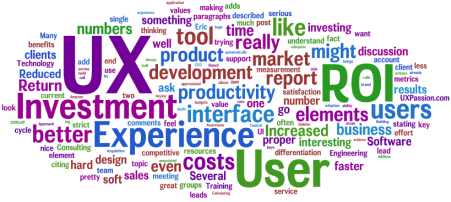 One of the areas where I spend quite a bit of time is examining challenges and helping customers to meet and exceed user expectations and performance requirements for their next-generation virtual workspaces. The industry, broadly, has encapsulated these elements into the ill-defined term: User Experience. Unfortunately, this over-used catchphrase has become marketing jargon du jour. You’ll be hard-pressed to find a single definition or an agreed upon way to define it in the context of desktop delivery. More importantly, you will find it almost useless to make it an actionable element of your desktop transformation strategy. That is until you equate yourself with Stratusphere.
One of the areas where I spend quite a bit of time is examining challenges and helping customers to meet and exceed user expectations and performance requirements for their next-generation virtual workspaces. The industry, broadly, has encapsulated these elements into the ill-defined term: User Experience. Unfortunately, this over-used catchphrase has become marketing jargon du jour. You’ll be hard-pressed to find a single definition or an agreed upon way to define it in the context of desktop delivery. More importantly, you will find it almost useless to make it an actionable element of your desktop transformation strategy. That is until you equate yourself with Stratusphere.
Outside in Versus Inside Out
Stratusphere UX is typically placed in a very broad product category called “monitoring.” And while I don’t disagree with that 20,000 foot-view moniker, it’s about as accurate as when my mom tells her friends that I work in “computers.” Again not untrue, but for insiders it is a less than helpful stereotype. Monitoring in the current and challenging world of virtualized application and desktop workspaces can mean a bevy of different things.
In my travels, I have examined and broadly place monitoring products aimed at this new world into three buckets. That is not to say one bucket is more or less important, but all are not created equal; especially if you have specific needs or challenges you are looking to satisfy.
- Infrastructure Monitoring
- Application Performance Monitoring
- User Experience Monitoring
Infrastructure monitoring is typically focused on the platform and hardware elements that contribute to the architecture. This type of monitoring is great for operations teams and those responsible for the secondary and supporting cast members in a next-generation application or desktop workspace environment. Application performance monitoring (APM), which comes from the database and transaction processing world, is geared towards those that wish to treat platforms like VDI as a service. When looking to operationalize performance and inter-process elements that roll up to a complex architecture, APM can fit the bill. I call these first two approaches an “outside in” view of monitoring.
The last category, user experience monitoring, is a new and very specific approach that takes a user-centric view to meeting expectations and performance requirements. Unlike the other monitoring approaches, which do have their points and use cases, user experience monitoring does not rely on the adage that if the infrastructure and contributing platform is healthy, the user must also be healthy. Those of you with experience in this space know there are profound blind spots and false assumptions that can be made on the back of that statement. I call a user-centric view of monitoring “inside out” as it examines the overall performance from a user’s point of view.
The User’s View Matters Most
When defining strategy and process around a workspace transformation, the element that will make or break any project is the user. When you come right down to it, the user trumps the platform, the hosts, the storage, the network—users trump everything. Building a user-centric process and defining success based on meeting user expectations and key performance indicators is what matters most. At its core, this is what sets Stratusphere UX apart from all others when it comes to defining success based on the user experience.
Stratusphere UX helps you to monitor, diagnose root cause and troubleshoot from a user’s point of view. Regardless of IT discipline, operational workflow or supporting infrastructure, it can support your organizations need to better understand application and desktop workspaces, avoid finger pointing, maintain user productivity and minimize risk.
If you’re about to undertake a desktop transformation, or more formally define a user experience-based strategy around application or desktop workspace delivery, please give us a shout. We’d love to show you how we quantify and trend user experience. We’re not merely jumping on the jargon bandwagon, but empowering customers to define success and leverage the power of user-centric visibility to become the metric and indicator to express performance and user experience in a way that captures the attention of senior business leadership—and also happens to get the job of monitoring done too!

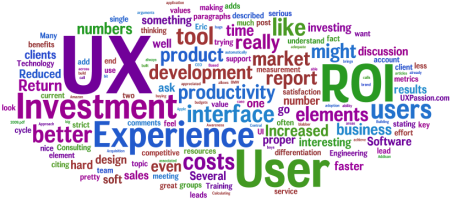
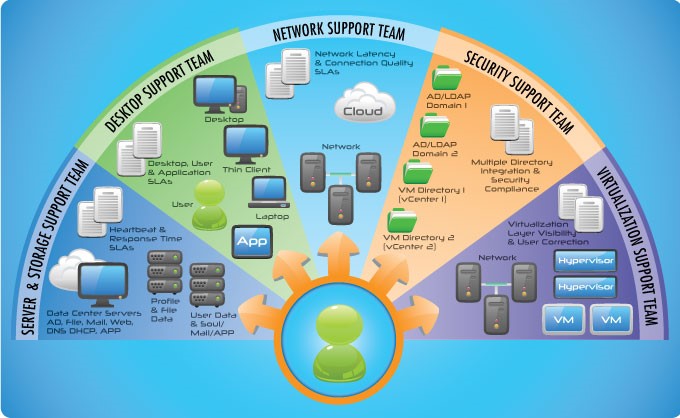


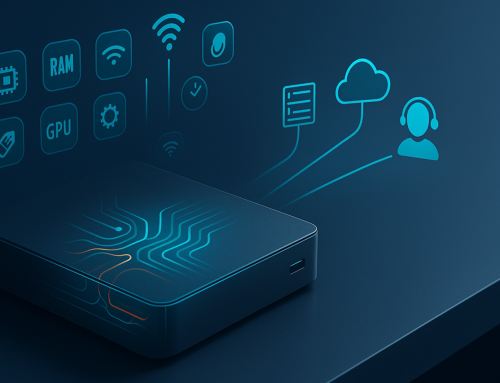


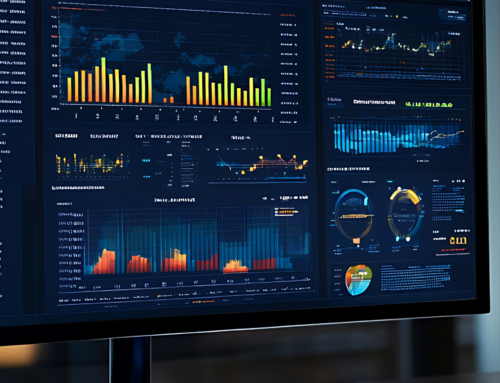

[…] infrastructure and application performance monitoring (APM) solutions, Stratusphere provides an “inside-out” view and offers the ability to examine these elements from the user’s perspective.[…]
[…] infrastructure and application performance monitoring (APM) solutions, Stratusphere provides an “inside-out” view and offers the ability to examine these elements from the user’s perspective. And the […]
[…] Outside In. Inside Out. What’s the Difference? […]